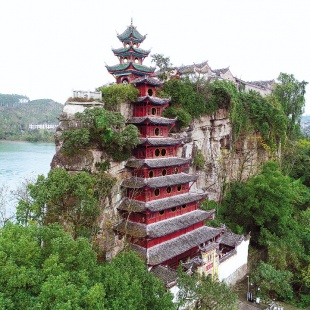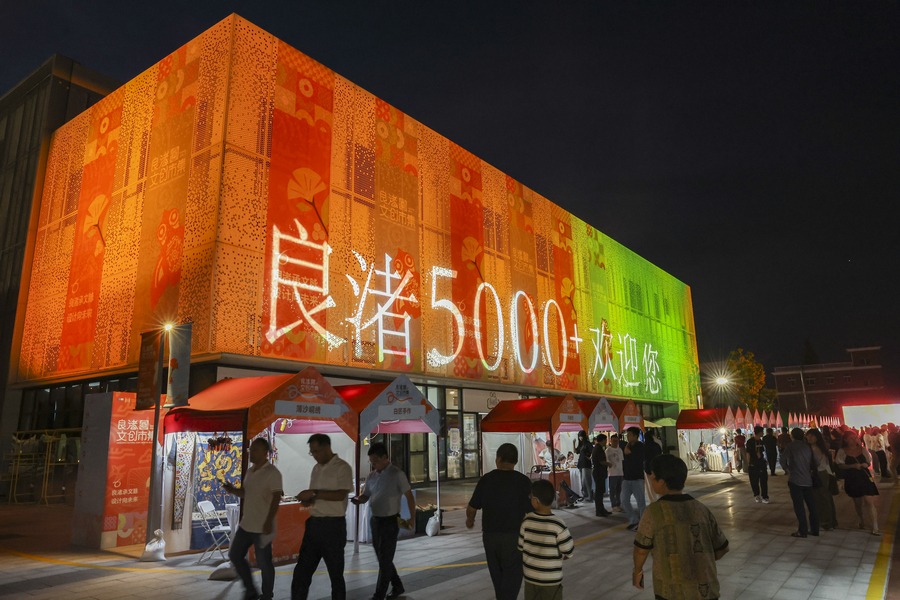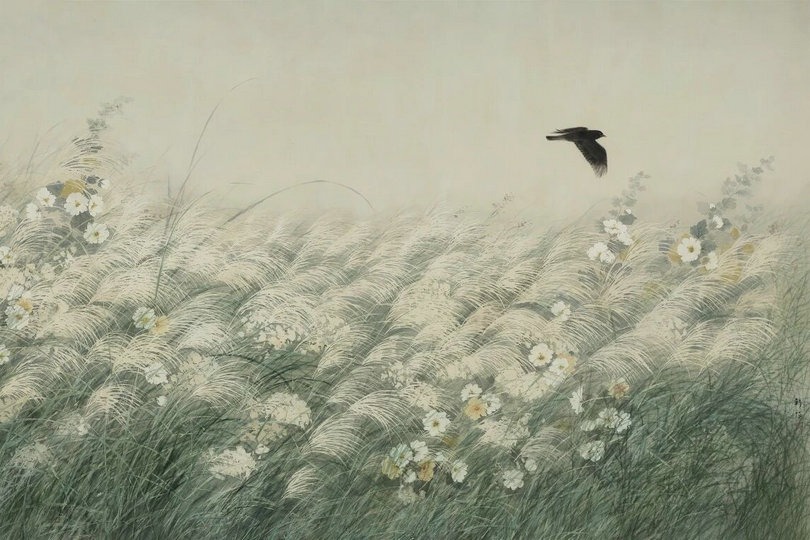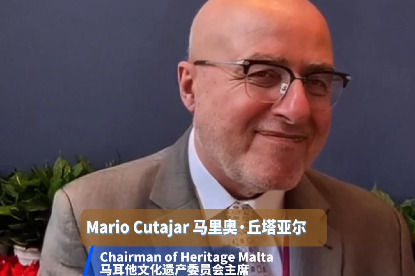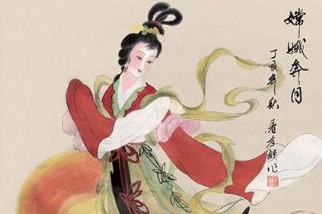Taking snapshots of heritage
History enthusiast records the treasures of the past to give them a wider audience, Yang Yang reports.

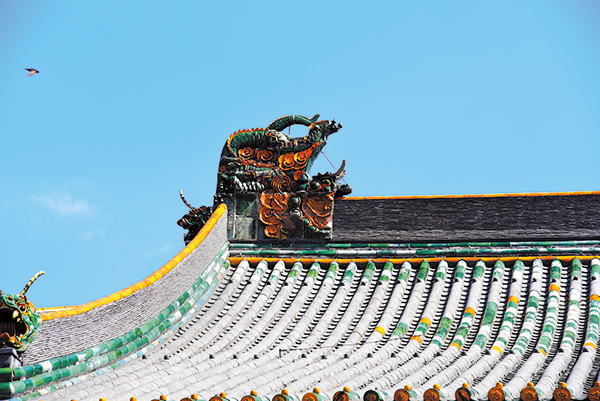
On a cold morning in March 2016, Wang Huilian, 36, once again approached the gate where once stood the pagoda of the Jingzhi Temple in Dingzhou, North China's Hebei province.
On the ground, nothing of the ancient temple is left, but underground, the seven-square meter palace still has delicate murals and an architectural structure that showcases the genius of craftspeople during the Song Dynasty (960-1279).
Palaces under Buddhist pagoda foundations are used to settle and enshrine relics, texts and various types of utensils.
In 977, treasures, including sariras and more than 700 artifacts crafted from gold, silver, bronze, jade, stone, wood and silk — like gilt-silver reliquaries and Ding kiln masterpieces — from Northern Wei (386-534) to Song dynasties were secretly buried, sealed and stored in the underground palace of the Jingzhi Temple pagoda. It was not until nearly 1,000 years later that they were finally brought to light.
People can see those exquisite artifacts in Dingzhou Museum but few have the chance to see the underground palace.
Wang, an office worker and history enthusiast living in Beijing, 220 kilometers away, had come here many times, always finding the gate locked without a person in sight.
But on that March morning, without much expectation, she saw a middle-aged lady sweeping the ground with a broomstick. Wang did not hesitate to introduce herself and the reason for being there: "I'm an enthusiast of historical sites. I'm here to see the famous underground palace."
The woman ignored her, focusing on her work. Wang did not give up. She started to tell the woman of her previous visits.
"I said, this is the first time I see someone here, so I'm too excited. Sorry if I talk too much, but she replied coldly, 'I'm just a cleaner. I don't have the key to the underground palace. Please leave. I'm going to lock the gate'," Wang says.


